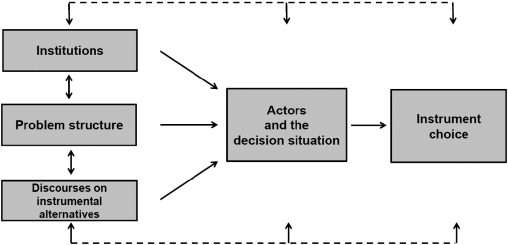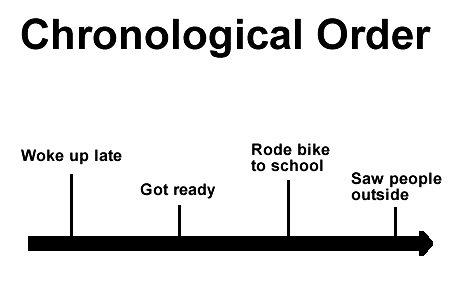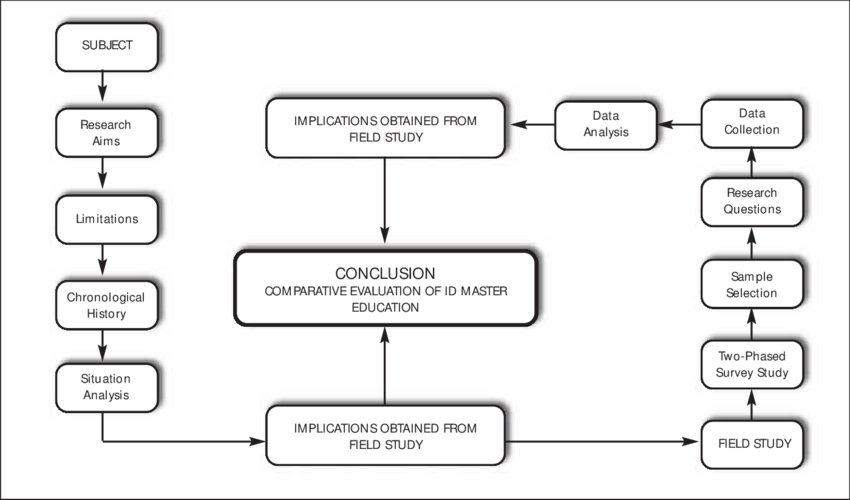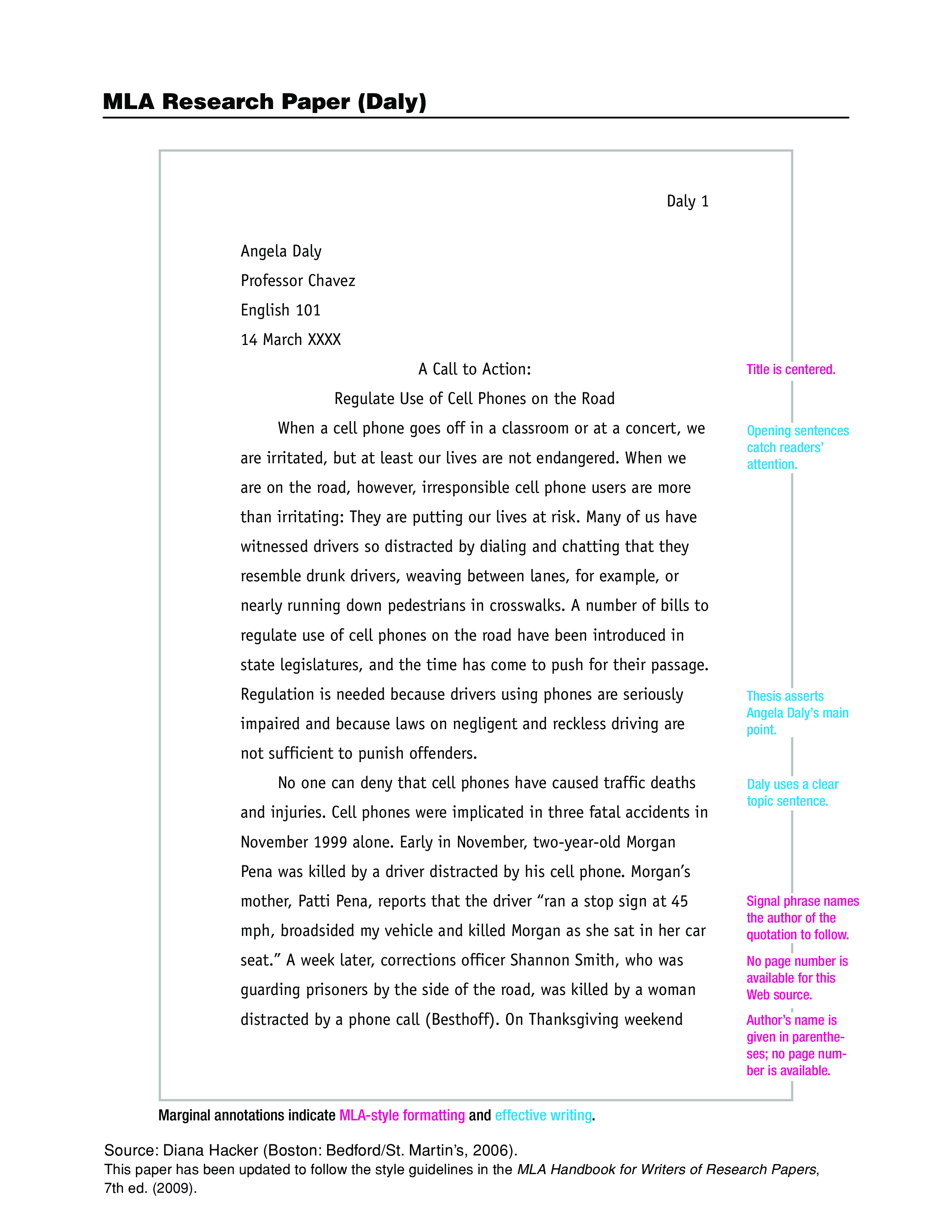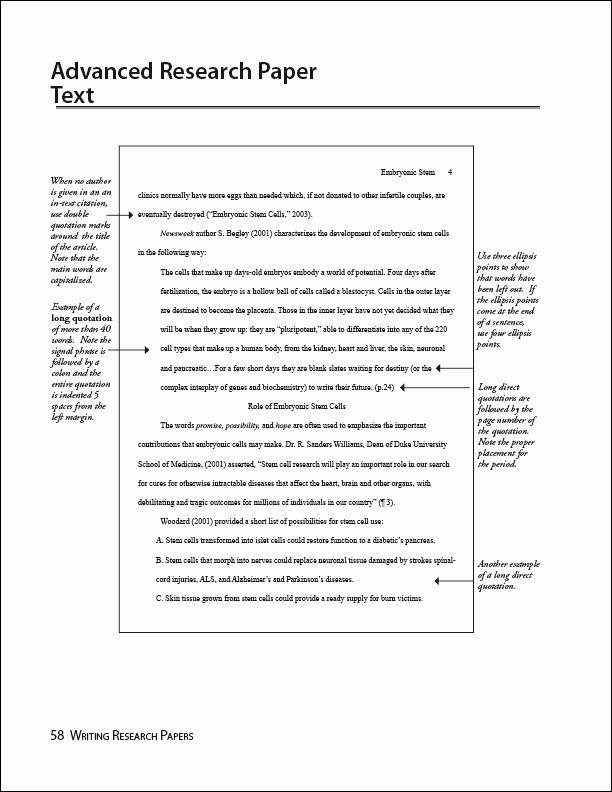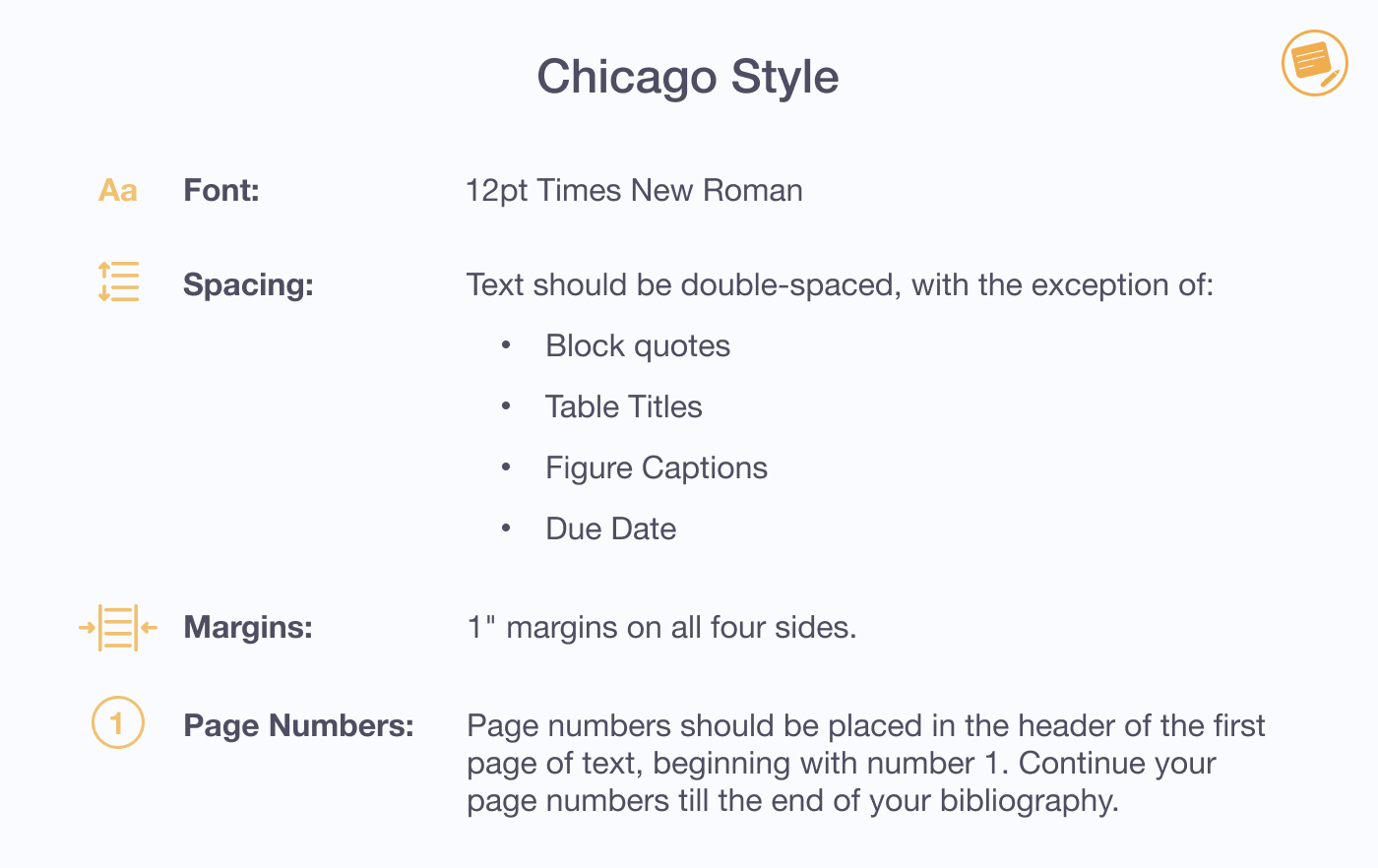In this guide, you'll learn exactly how to outline a literature review.
So if you are currently in the academic year in which you have to write a literature review for a research proposal, a dissertation, or a research paper, this guide is for you.
Key Takeaways
- You can structure your literature review in Chicago, APA, or MLA format.
- The outline of a literature review should include an introduction, a body, and a conclusion paragraph.
- You can structure the body section of the literature review thematically, chronologically, thematically, or theoretically.
Literature Review Writing Help
Identifying a research issue, developing a research question, conducting research, structuring, and writing your literature review can be time consuming.
It gets even more challenging if you have to juggle between urgent assignments and your social life.
Our academic writing team is here to help you. Whether you haven’t started the project or you feel stuck in the introduction, you can click here to get literature review writing help and get the task completed fast.
The objective of a literature review is to give an overview of existing knowledge without adding your personal opinions or ideas.
It’s through a literature review that you identify relevant theories, methods, and gaps in the already existing research.
What is a Literature Review Outline?
To write a comprehensive literature review, you first have to create an outline, which you’ll use to present your studies in a way that shows what you’ve found by analyzing and summarizing the ideas and concepts of other authors.
An online for a literature review features an introduction, body, and conclusion. Start the review with a hook and then structure the body paragraphs thematically, theoretically, chronologically, or methodologically. The conclusion of your review show the strength and weaknesses gathered from the study.
In the following section, we’ll look at the main elements of a literature review’s outline and give you some tips you can use to make your outline stand out.
How Literature Review Compares With Other Assignments
Before we look at the elements of a comprehensive literature review outline, it might help to learn how literature review compares with other assignments.
We've included links to our researched guides to help you with these. All you have to do is read them now or bookmark this page for future reading.
With that out of the way, let's look at the elements that make a good literature review outline.
The Elements of a Literature Review Outline
Introduction
Your literature review should start with a strong introduction to grab the attention of a reader form the get go.
A good introduction is the one that starts with a hook and then provide an overview of the question you wish to explore in your research.
Your description of the literature should be relevant to the topic and naturally present your interest in the research.
Body
The body of the literature review should give a clear picture of the already existing knowledge on the research question you’re trying to explore.
Since you’re looking into already existing work, you shouldn’t have a hard time analyzing and interpreting information.
It’s best to have an easy time working on this section than struggling to put words together. So try to use subheadings and transition words to make your work easier.
To make the body section easier to write, consider structuring your work chronologically, methodically, theoretical, or thematically.
Theoretical Structure
Given that a literature review is the core of a theoretical framework, you’re free to write about different theories and models.
Even better, you can argue for a certain theoretical approach or give definitions of key concepts if your topic demands.
Chronological Structure
With the chronological structure, you write the literature review based on a sequence. In such a case, the focus is on the timeline, starting from the very beginning to the end.
You don’t necessarily have to list all the event in the order of their occurrence, as doing so may make your literature review unnecessarily longer.
Instead, look at themes and turning points and then focus only on those that are more significant.
Thematic Structure
In a thematic review structure, you have to find link between your sources and the literary text you wish to summarize. You’ll have to organize central issues into subsections and address each.
Keep in mind that your professor will be looking closely into the details you provide in the thematic structure.
So make sure you analyze each central issue in details. Doing so might take time, but the results will be worth it.
Methodological Structure
If you choose to write your literature review methodically, your focus will be on analyzing concepts by presenting methods based on their impact.
Also, you may need to focus on quantitative and qualitative nature, ethical nature, sociological, and cultural impact of your literature.
Conclusion
The concluding section of your literature review doesn’t have to be too long.
You’re wrapping up your work, so it’s best to summarize your most valuable points and then show the strengths as well as the weaknesses of the existing knowledge.
Depending on the research question you wish to explore, you may also give an emphasis on the significance of the literature review.
Format for a Literature Review
You can format your literature review in APA, MLA, and Chicago. Your instructor will indicate the citation style they want you to use.
In the case that they don’t suggest a format to use, feel free to use either APA, MLA, or Chicago – or consult them for further assistance.
MLA Format
The following is how to structure your literature review in the MLA format:
- 1-inch page margins
- You should double-space the whole text
- Each new paragraph should have a half an inch indent
- Use Times New Roman with 12-point font size
- Doesn’t require a title page, but you’re may include one
- There must be a running head in the top corner of each page
APA Format
The following are the rules for structuring your literature review paper in the APA format:
- Double-space the whole text – unless stated otherwise
- Page numbers should appear in the upper right corner of every page
- For fonts, use Times New Roman with 12-point font size
- 1-inch page margins
- There should be a header at the top of every page. It should be not more than 50 characters and in capital
- Include a title page
Chicago Format
You should observe the following rules if your instructor ask you to use the Chicago style to write your literature review.
- 1-inch page margins
- No spaces between paragraphs
- Times New Roman or Courier font with font size between 10 and 12 points
- Double-space for texts, except for references, figure captions, table titles notes, and block quotes
- Page numbers must appear at the top right corner of every page
- Include a cover page, which should show your full name, class details, and the date
Frequently Asked Questions
1. What is an Outline in Literature?
An outline in a literature is the formal structure used to present information to demonstrate a comprehensive and clear analysis of a research issue.
With an outline, you can organize your topic and subtopics in a logical order, from the declaration sentence, through the supporting evidence, all the way to the conclusion.
2. Is It Necessary to Outline the Structure of a Literature Review?
It’s necessary to outline the structure of a literature review so that you can have a logical flow of ideas from the introduction to the conclusion.
Notably, you’ll find the outline extremely useful when drawing your research from a variety of subjects or if you’re analyzing varying methodologies.
3. How Do You Structure a Literature Review Paragraph?
The best way to structure a literature review paragraph is to state the main idea in the beginning.
Following the topic sentence should be evidence relevant to the topic, analysis of the evidence clearly explained within the paragraph, and a conclusion written in your own words.
4. What Makes a Good Literature Review?
For your literature review to be comprehensive or good enough, you have to demonstrate clear synthesis and understanding of the topic under investigation.
Don’t hold back on going the extra mile to present a strong evidence of analytical creativity that connect between the literatures under review.



